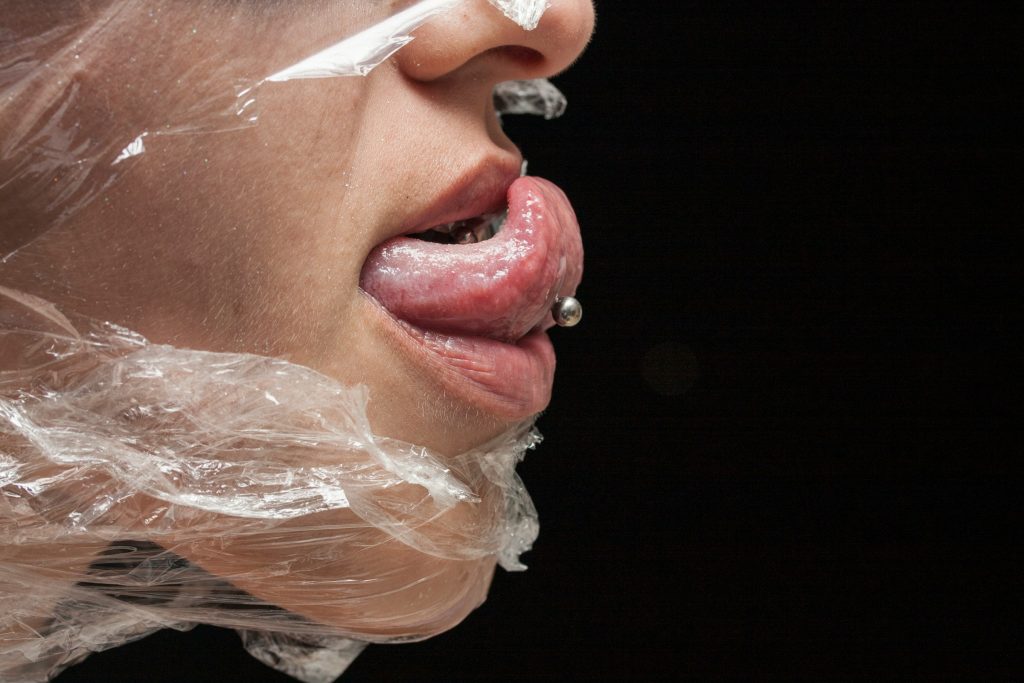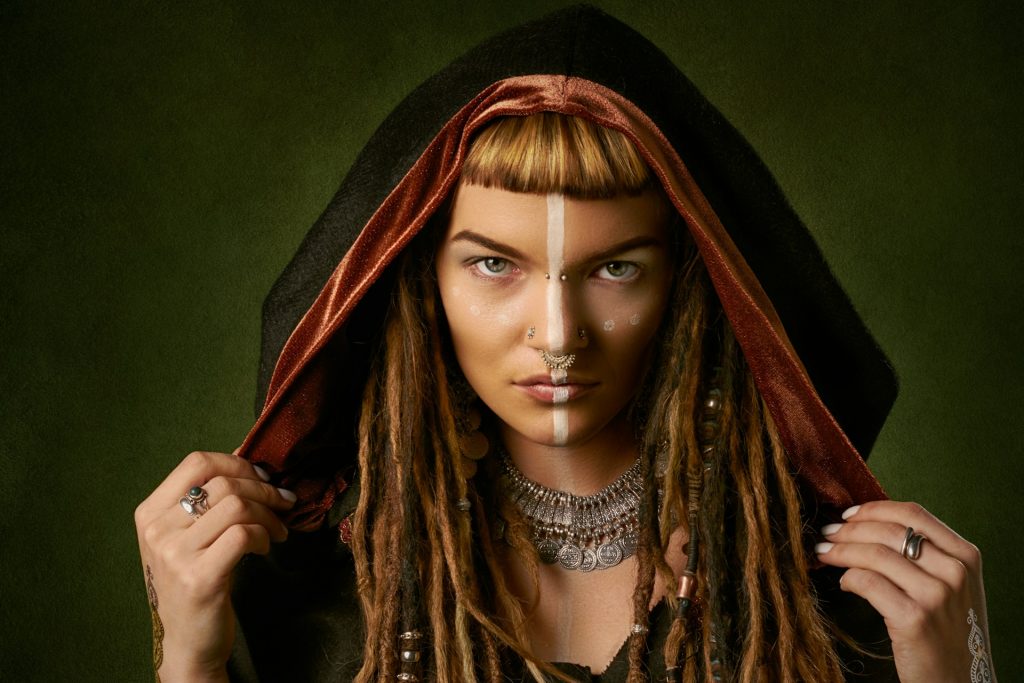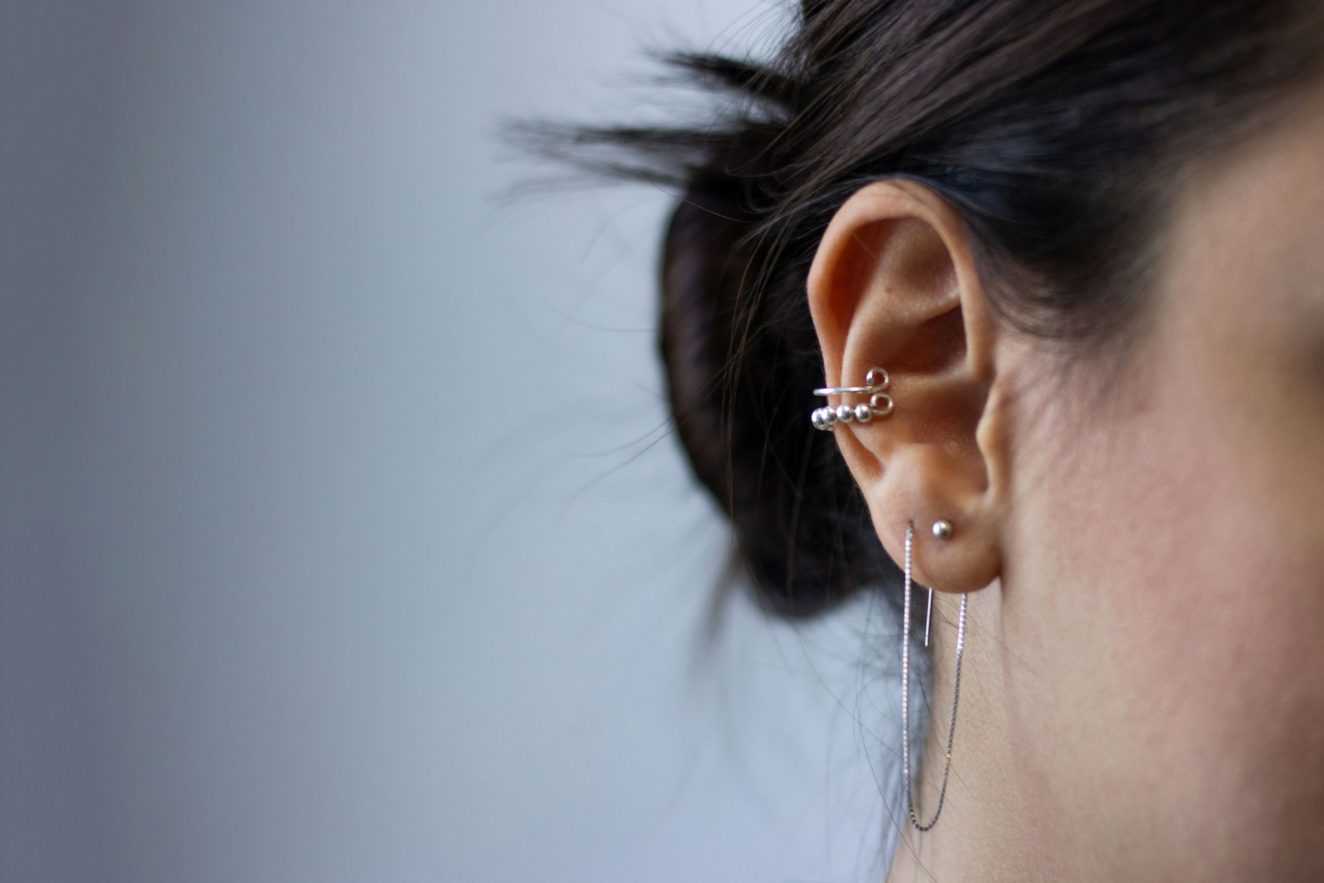Body piercing is not just a modern trend; it has a rich and diverse history spanning centuries and cultures. From ancient rituals to contemporary expressions of individuality, the practice of body piercing has evolved and adapted, leaving behind a fascinating trail of tradition and innovation.

Earliest Origins: The Birth of a Tradition
Ear piercing, arguably the most common form of body modification, dates back thousands of years. Archaeological evidence suggests that earlobe piercings were practiced as early as 5,000 years ago, with the discovery of a mummified body in an Austrian Glacier bearing pierced ears and expanded earlobes.
Magical Beliefs and Rituals: The Primitive Beginnings
Primitive tribes around the world viewed body piercings as more than just adornment; they held deep cultural and spiritual significance. For many, piercings were believed to ward off evil spirits, with sailors piercing their ears to improve eyesight and ensure a Christian burial if lost at sea.
Ancient Civilizations: Beauty, Wealth, and Status
The ancient Egyptians and Romans elevated body piercing to an art form. Egyptians adorned themselves with earrings to display wealth and beauty, while the Romans pierced their nipples as a symbol of strength and unity within the empire. Interestingly, only the pharaoh was permitted to have a navel piercing, a privilege punishable by death for anyone else.

Tribal Traditions: Warrior Piercings and Beauty Ideals
Warrior tribes across the globe used body piercings to convey strength and intimidate enemies. Tongue and septum piercings were common among Aztecs, Mayans, and American Indians, serving as ritualistic blood-letting and a display of fierceness. In Central and South America, lip labrets were prized for their beauty, with women stretching holes to accommodate elaborate ornaments made of jade and gold.
Renaissance Revival: Nobility and Opulence
During the Renaissance and Elizabethan eras, body piercing became synonymous with nobility and wealth. Male members of the aristocracy flaunted pearl drops and diamond studs as symbols of status and extravagance, further popularizing the trend among the elite.
Modern Influences: From Spiritual Journeys to Cultural Expressions
In recent history, body piercing experienced a resurgence fueled by cultural exchange and self-expression. Nose piercing gained popularity among young hippies inspired by Indian traditions, while rebellious youth embraced body piercings as a form of cultural defiance. Today, the reasons for piercing are as varied as the individuals themselves, ranging from religious and spiritual beliefs to aesthetic preferences and cultural identity.
A Tapestry of Diversity: Styles and Techniques Across the Globe
Across cultures and continents, body piercing has taken on countless forms, each with its own unique style and technique. From earlobe stretching in Africa to lip plates in Papua New Guinea, the practice of body piercing reflects the rich tapestry of human diversity and expression.

In conclusion, the history of body piercing is a testament to the enduring human fascination with self-adornment and cultural identity. From ancient rituals to modern trends, body piercing continues to evolve, leaving behind a legacy of tradition, innovation, and individuality.





